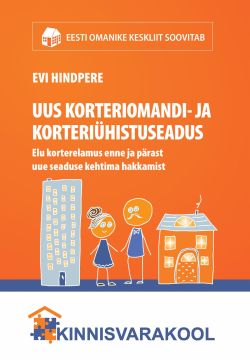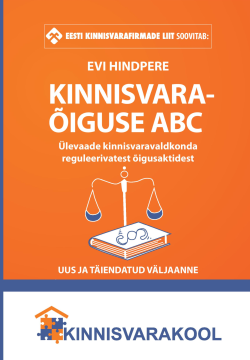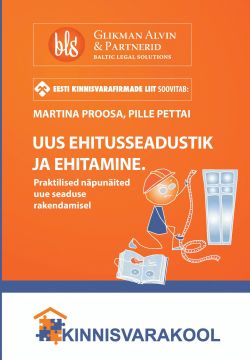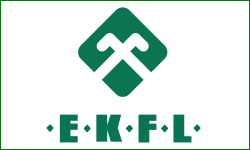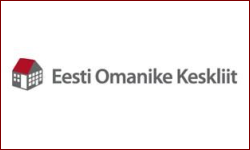 Accelerated export growth and robust recovery of investments contributed to the GDP growth
Accelerated export growth and robust recovery of investments contributed to the GDP growth- On the output side, manufacturing, construction and domestic trade contributed the most
- We expect that GDP growth remains robust in 2017, but decelerates compared to the 1st quarter
- We expect that the gap between the growth of labour costs and productivity will narrow
In the first quarter, the GDP growth accelerated to 4.4% in real terms and 7.6% in nominal terms. Seasonally and working days adjusted, the real growth was 4.0 yoy and 0.8% qoq.
Acceleration of export growth (12%) and robust recovery of investments (17%) contributed the most to the GDP growth. At the same time, households’ consumption growth slowed to only 0.6%.
Export growth was supported by the improvement of import demand of Estonia’s trade partners, but considerable contribution to the growth came from the compensating record in exports due to the import of Tallink ship that was not recorded in Estonia.
Non-financial corporations’ and government investments contributed to the total investments growth. Government increased its investments primarily in building and structures, while corporations increased its investment to transport vehicles and machinery and equipment, the most. However, corporations’ investment growth was not broad-based, as around half of it came from wood industry.
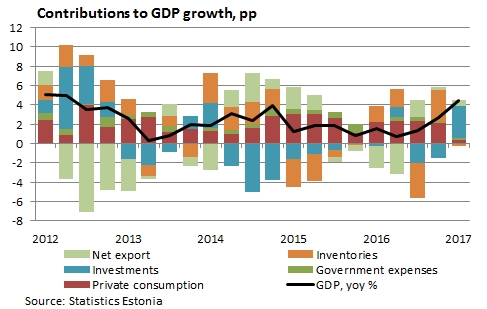
We expect that private consumption growth decelerates in this year. However, such a rapid slowdown of the growth was unexpected. Households’ confidence, including the perception of their financial situation and intention to make major purchases during the next 12 months, has improved in Estonia. Therefore, the private consumption growth rate can possibly be somewhat underestimated.
On the output side, manufacturing, construction and domestic trade contributed the most to the GDP growth. Value added in manufacturing has grown together with the robust growth of exports, strong demand for housing and government sector investments in structures has supported construction sector and growth of domestic trade comes primarily from wholesale trade.
Although real growth of productivity per employed increased only by 2% (productivity per hour decreased), the growth has gradually recovered since the second half of 2016. We expect that the gap between the growth of labour costs and productivity will narrow in this and next year, which has positive effect on their price competitiveness. At the same time, the procyclical fiscal policy with the major increase in government investments can accelerate wage growth and worsen the situation.
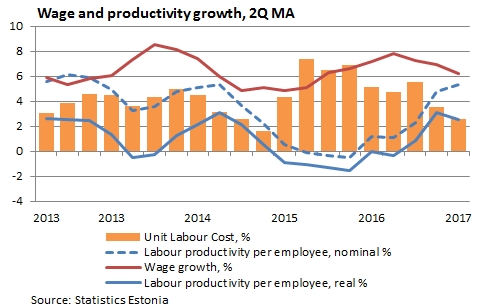
We expect that GDP growth will remain robust during the rest of 2017, but will decelerate compared to the first quarter. In April we forecasted that GDP will grow 2.2% in 2017, but we will likely revise it up in our next Swedbank Economic Outlook.







